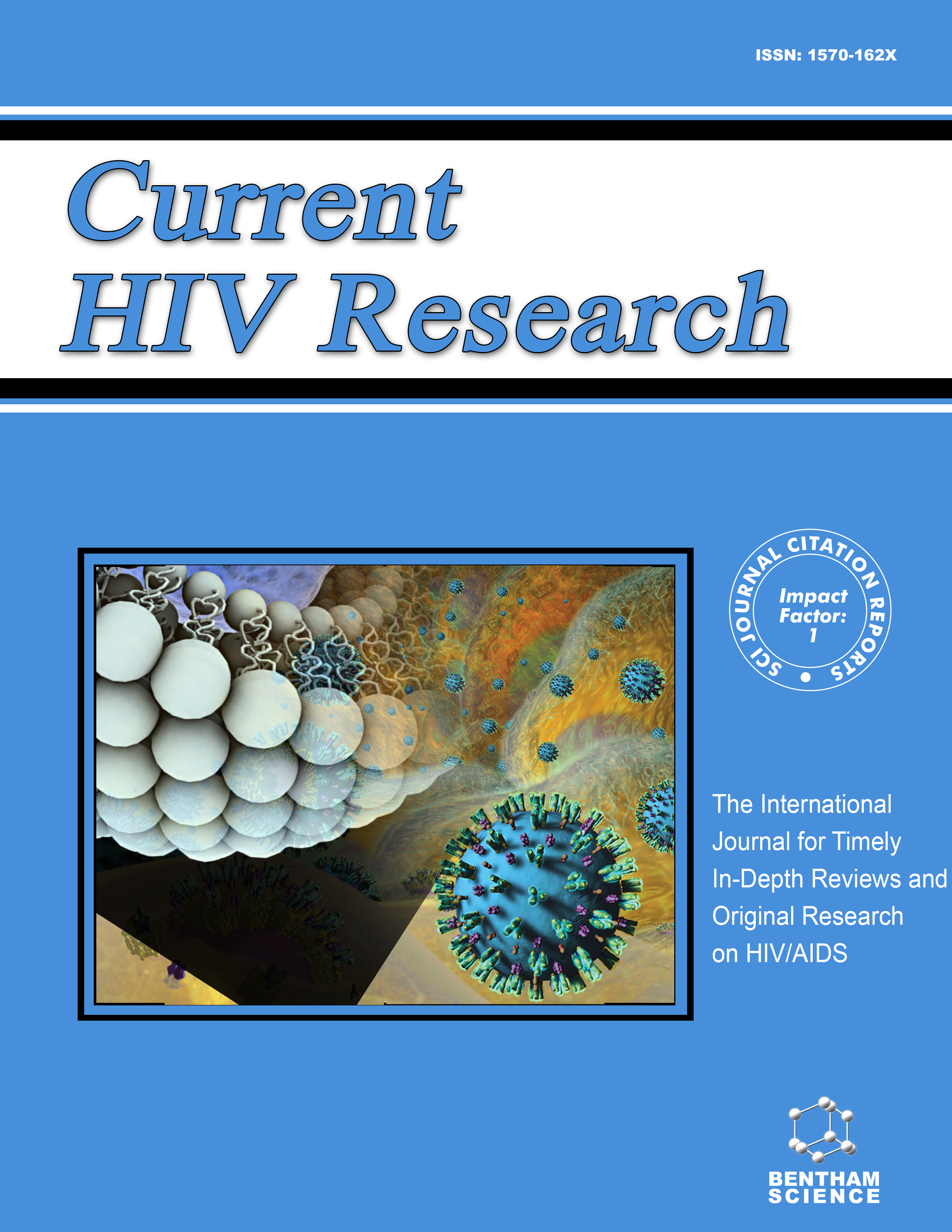
Full text loading...
We use cookies to track usage and preferences.I Understand

The rapid increase in incidences of drug resistance and off-target toxicity in the case of Human Immunodeficiency Virus (HIV) has increased the demand for drugs with fewer side effects. HIV-1 Integrase (IN) is a promising target that helps integrate viral DNA with human DNA. It acts as a target for strand transfer inhibitors. However, the emergence of resistant mutations in the proteins necessitates the exploration of potent allosteric drugs. The allosteric integrase inhibitors (ALLINI) that interrupt the association of the integrase binding domain of the lens epithelium growth factor (LEDGF/p75) and LEDGF/p75 binding site of the IN are more promising as they hinder site specificity and viral replication.
In this study, a 3D-QSAR, molecular docking, and ADMET were carried out to investigate the binding of the C2-pyrazolopyrimidine amides and amide isosteres. Method: The 3D-QSAR model was developed using a series of 24 C-2 substituted pyrazolopyrimidine and amide isosteres. A statistically significant model was constructed, showing the determination coefficient (r2) and five-fold cross-validation (q2) at 0.946 and 0.506, respectively. Furthermore, the contour maps of the electrostatic potential and van der Waals coefficient provided structural modifications in the features to improve the inhibitory activity.
A molecular docking study was also performed to check the binding of the compounds to the LEDGF/p75 binding site of the IN, along with ADMET evaluation.
The outcome of the study will help to prepare the potent molecules with enhanced allosteric inhibitory activity.

Article metrics loading...

Full text loading...
References


Data & Media loading...